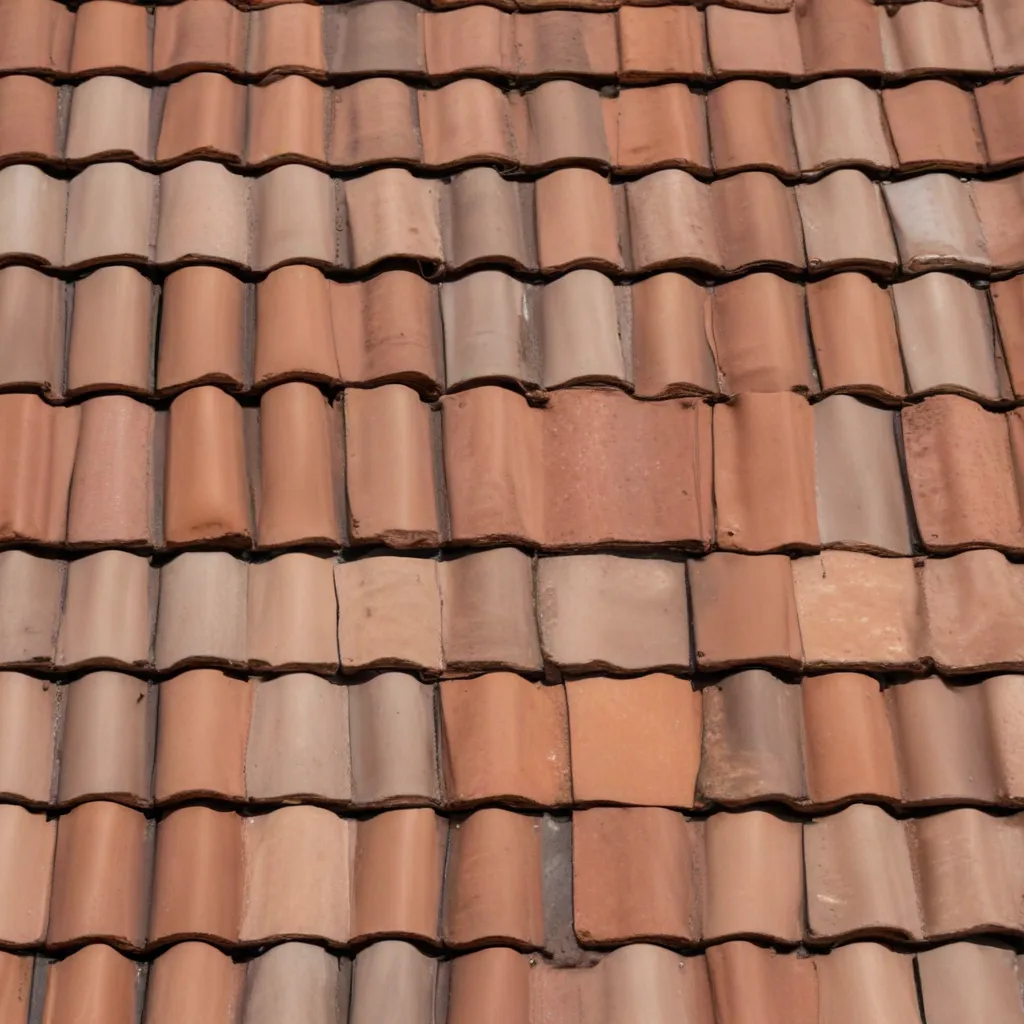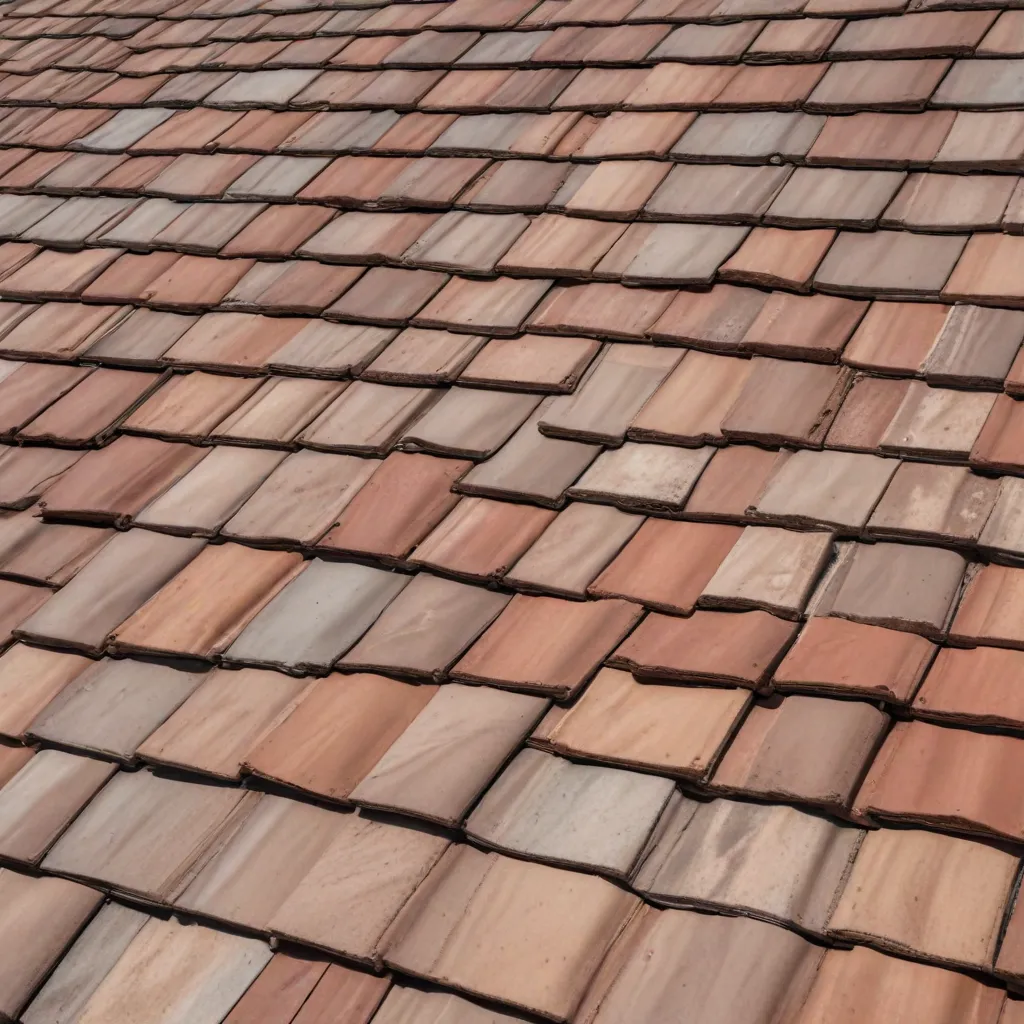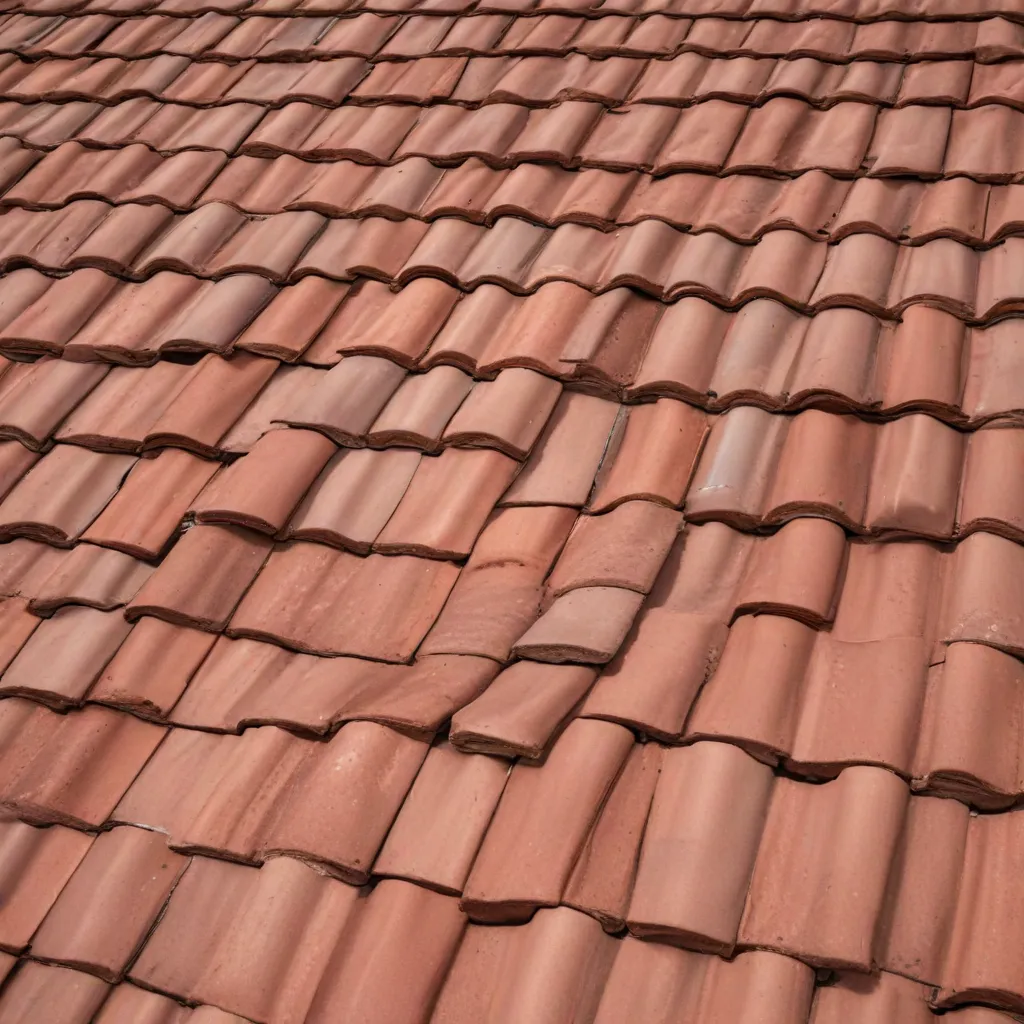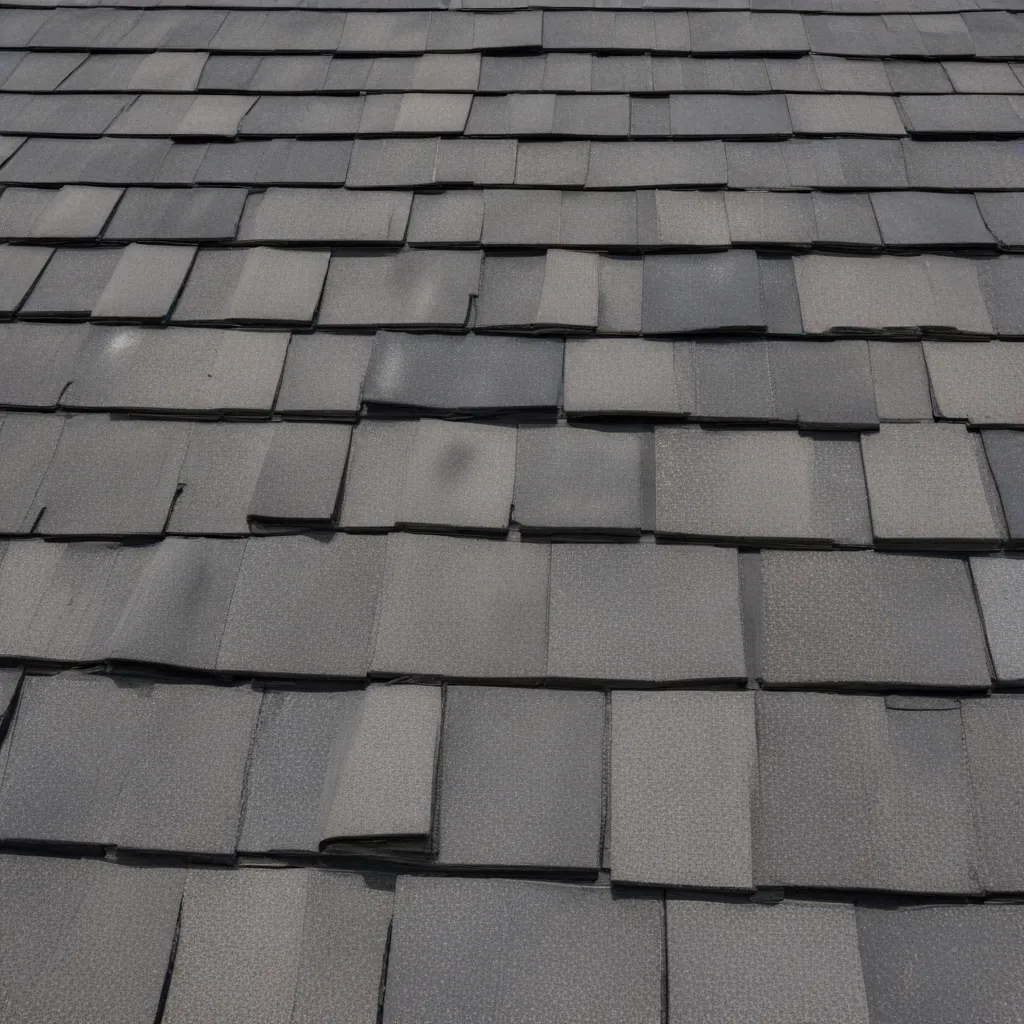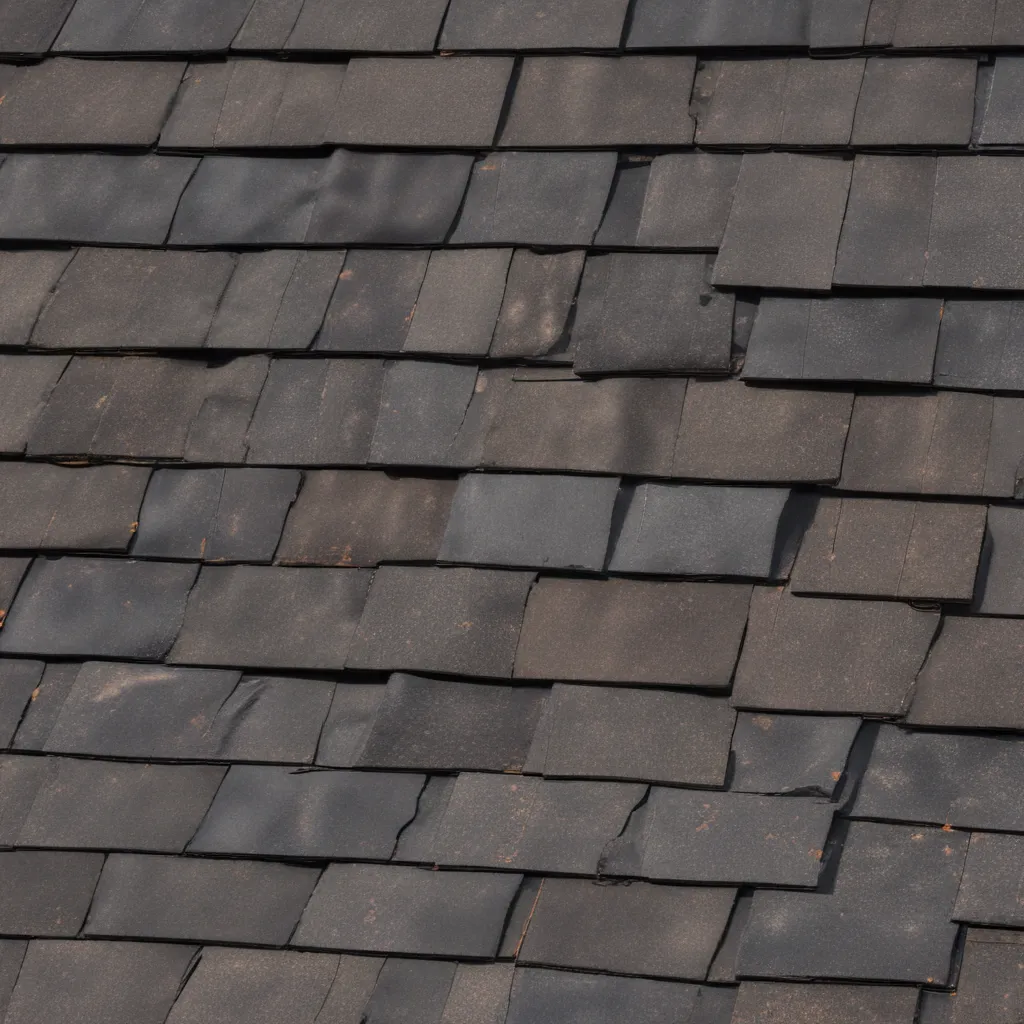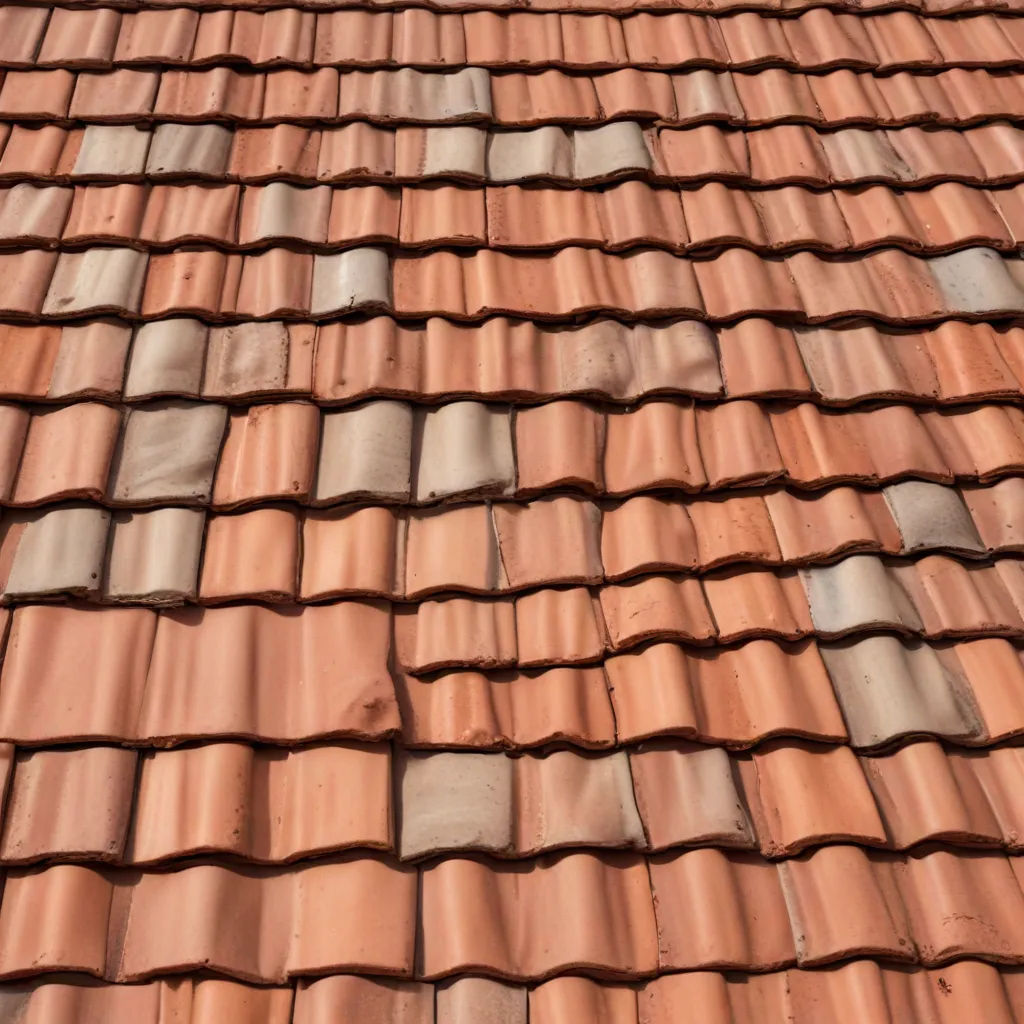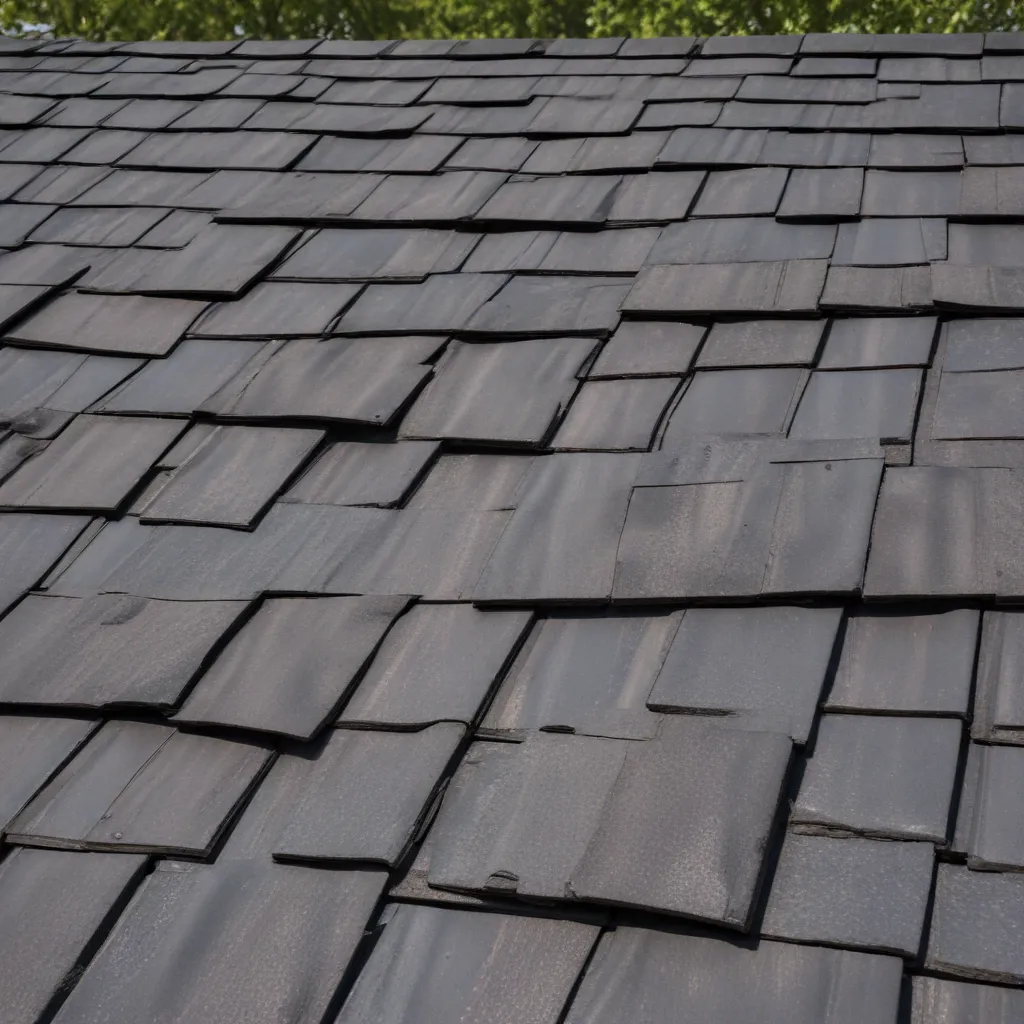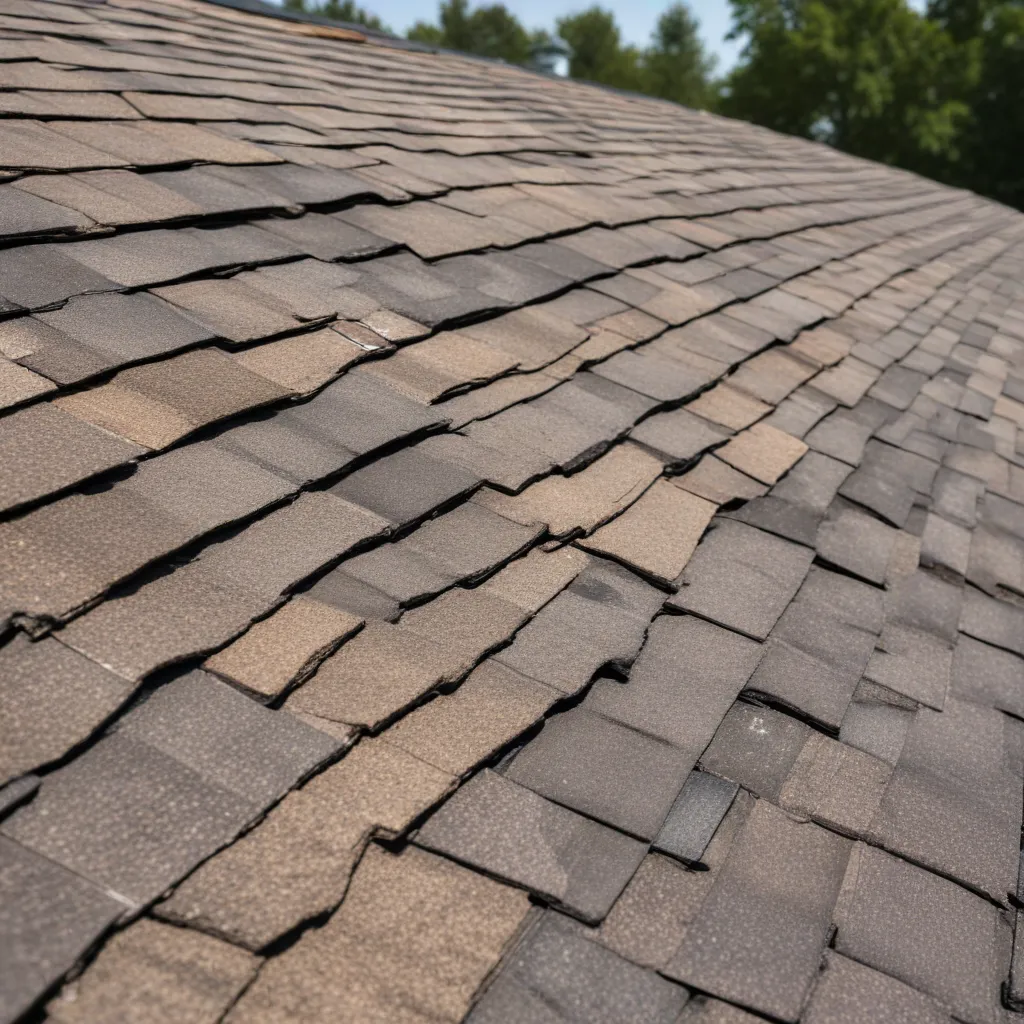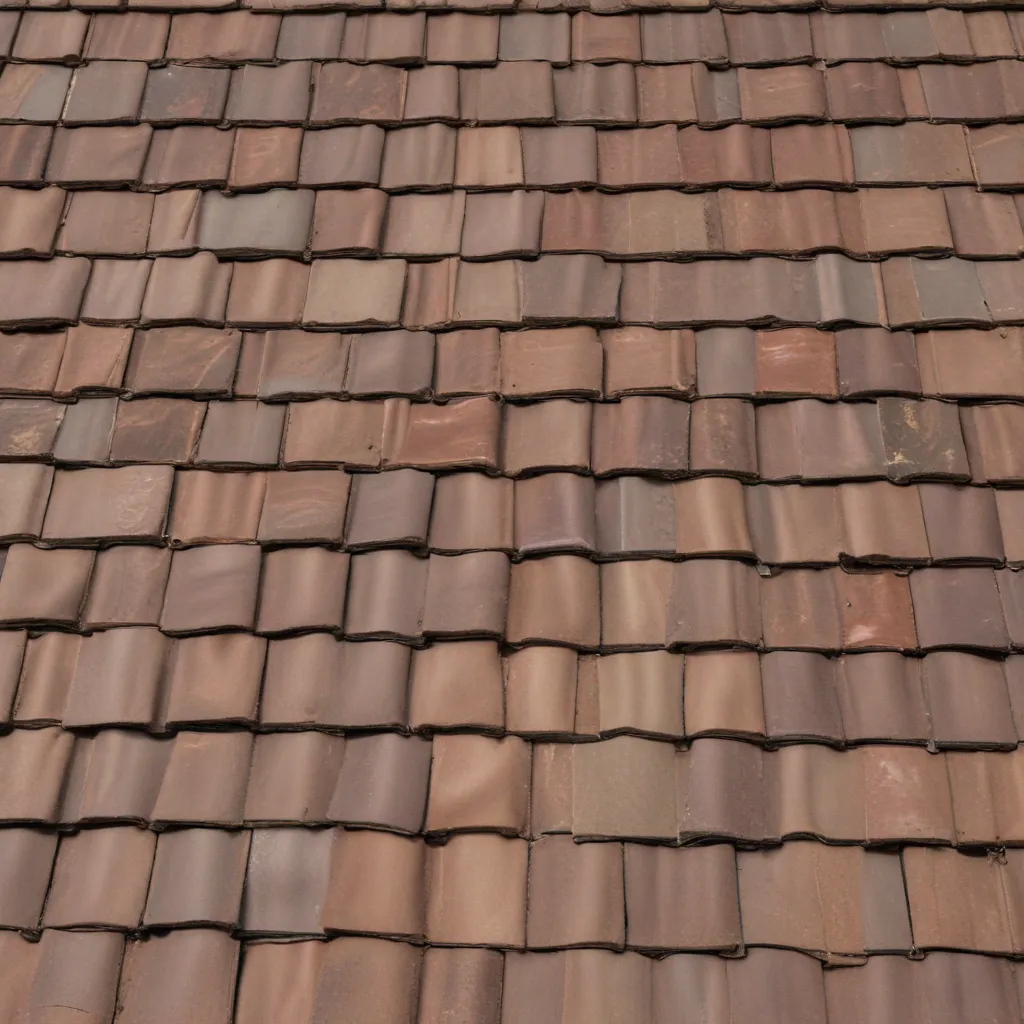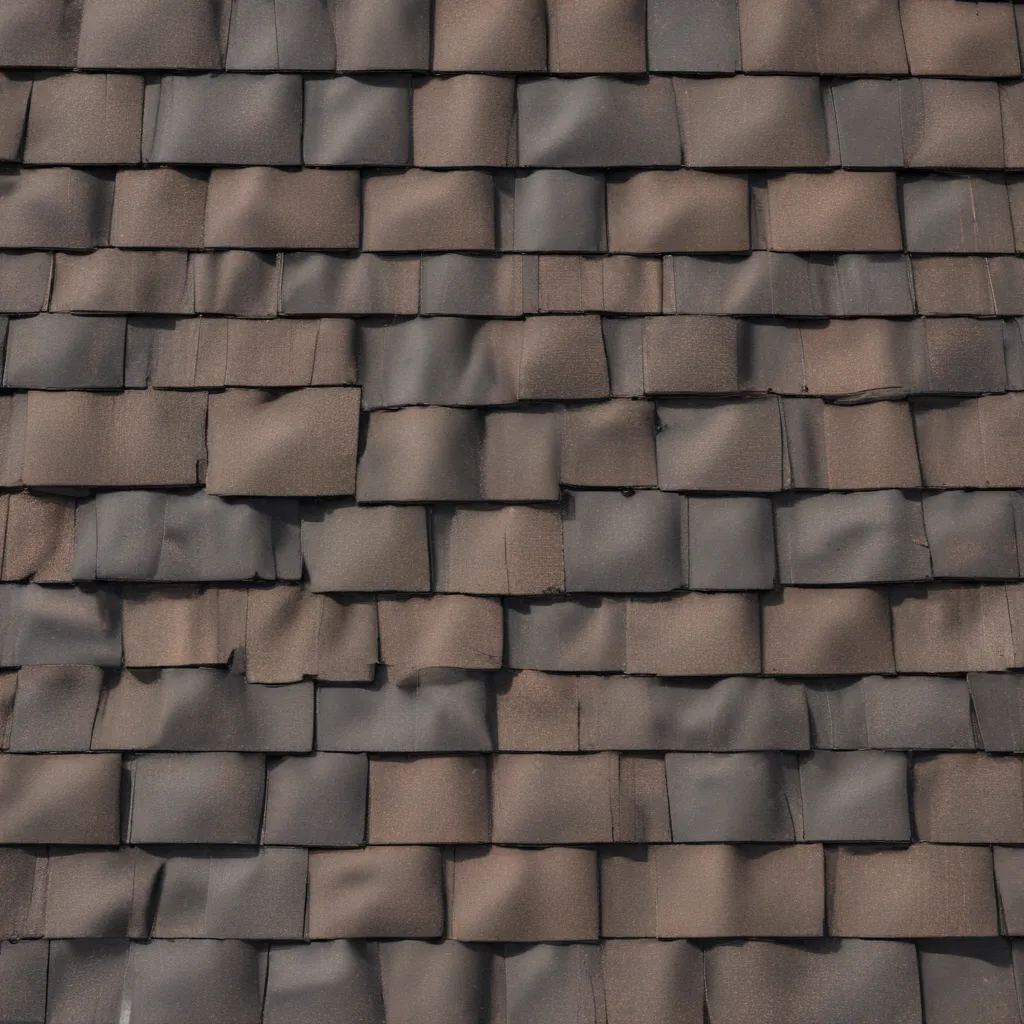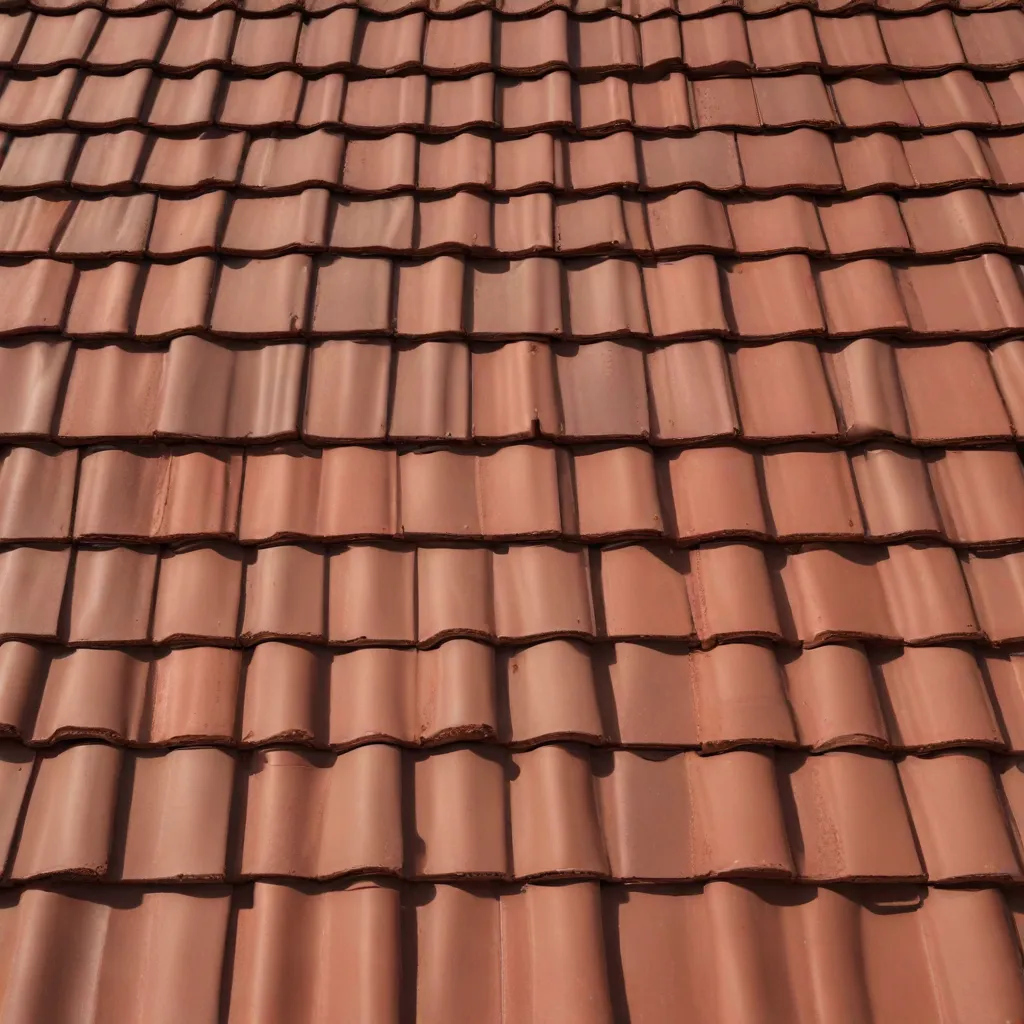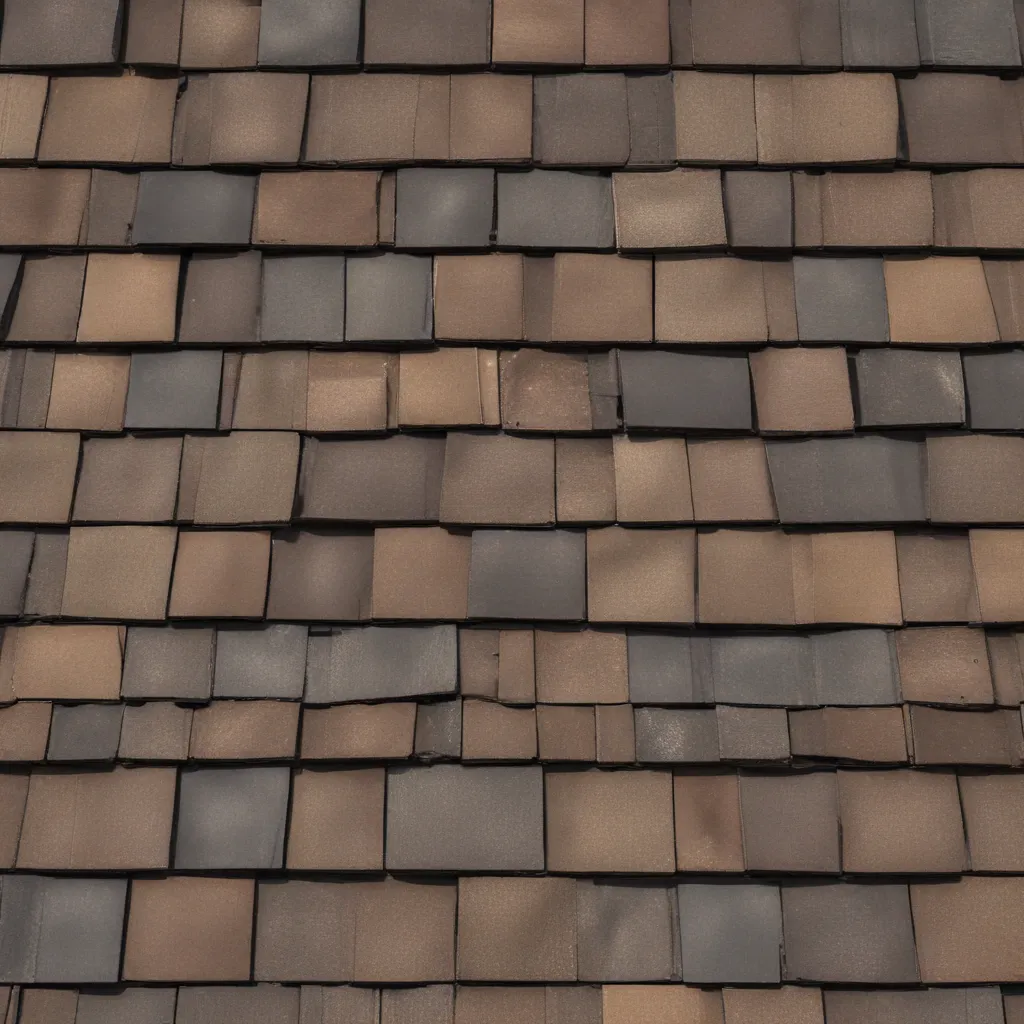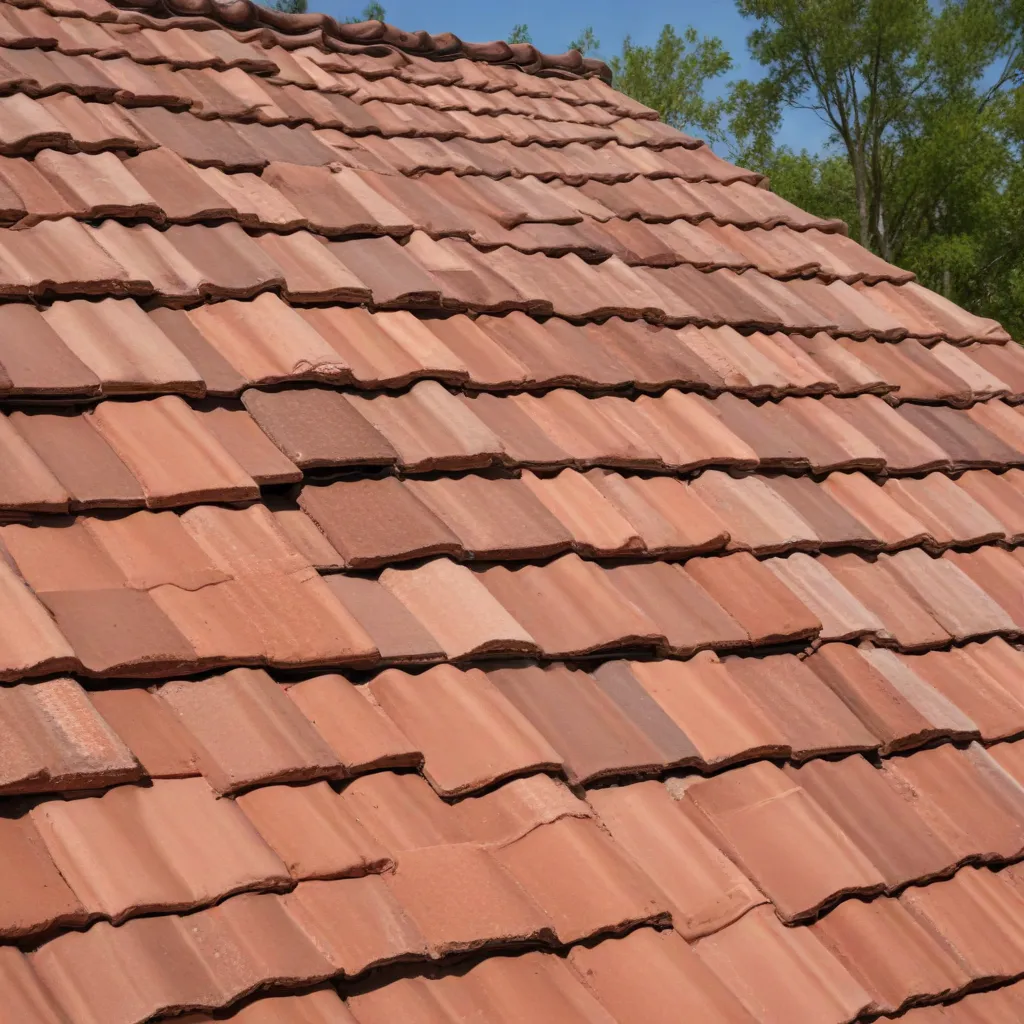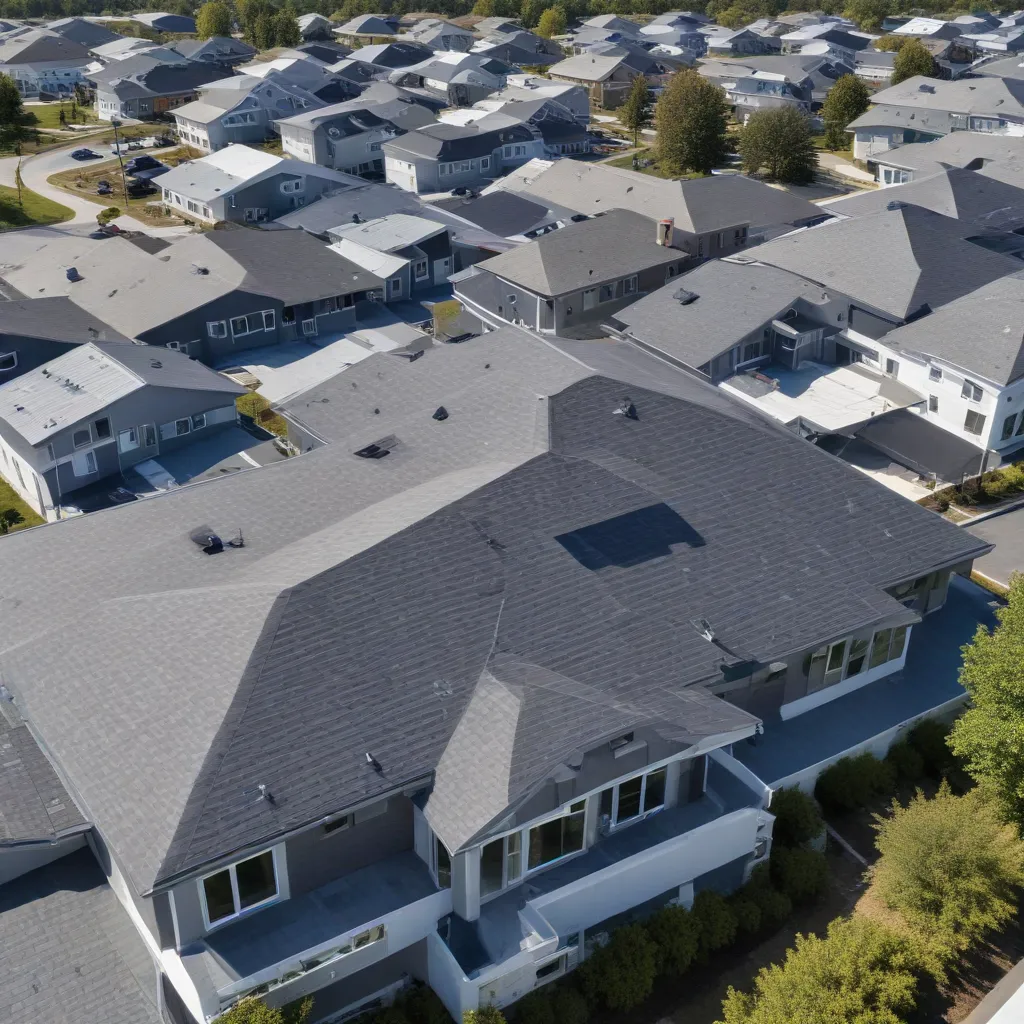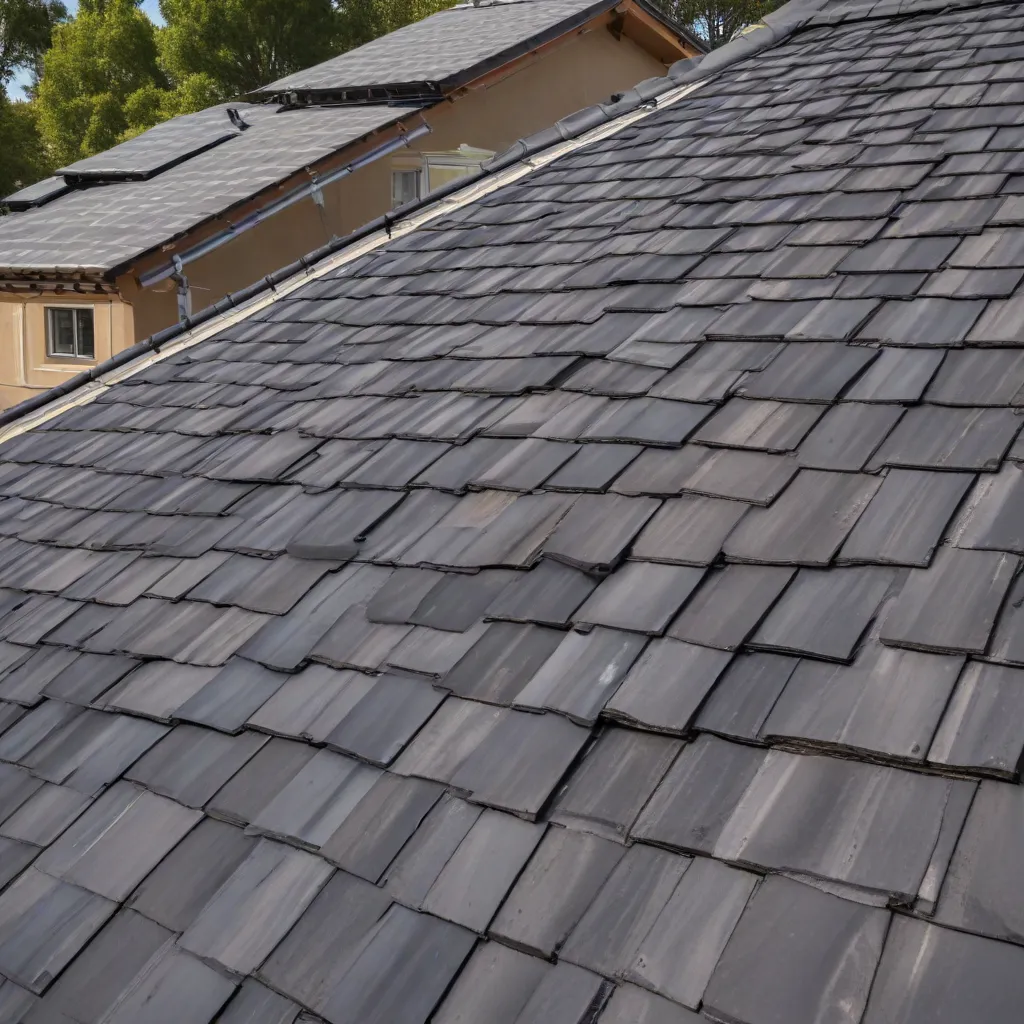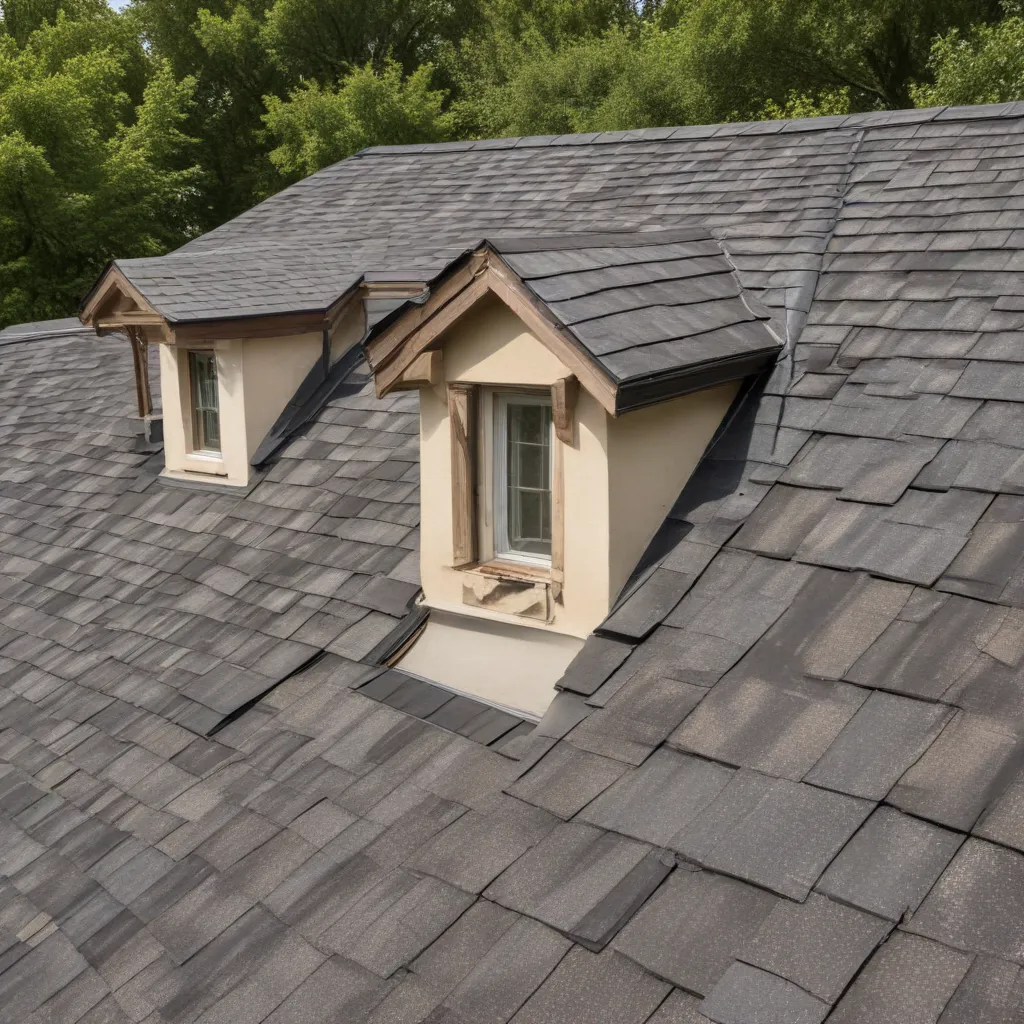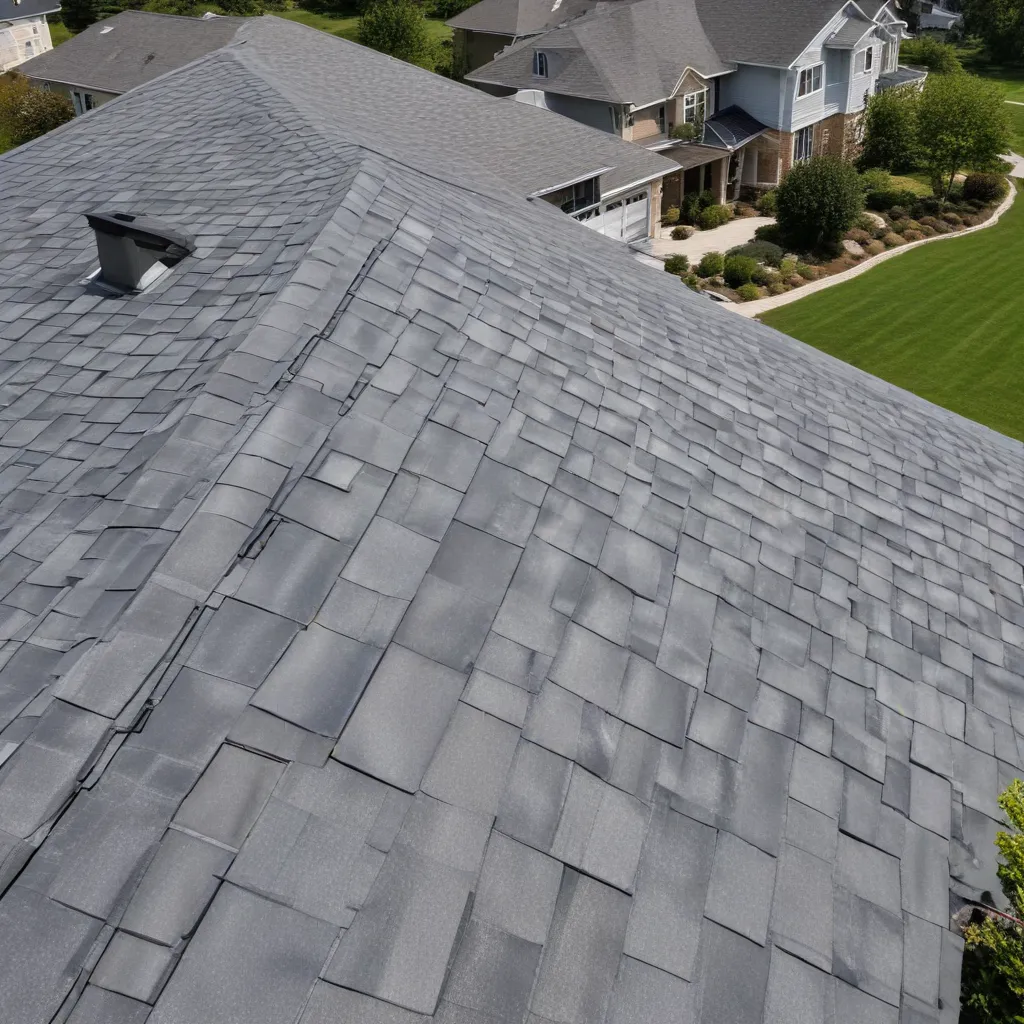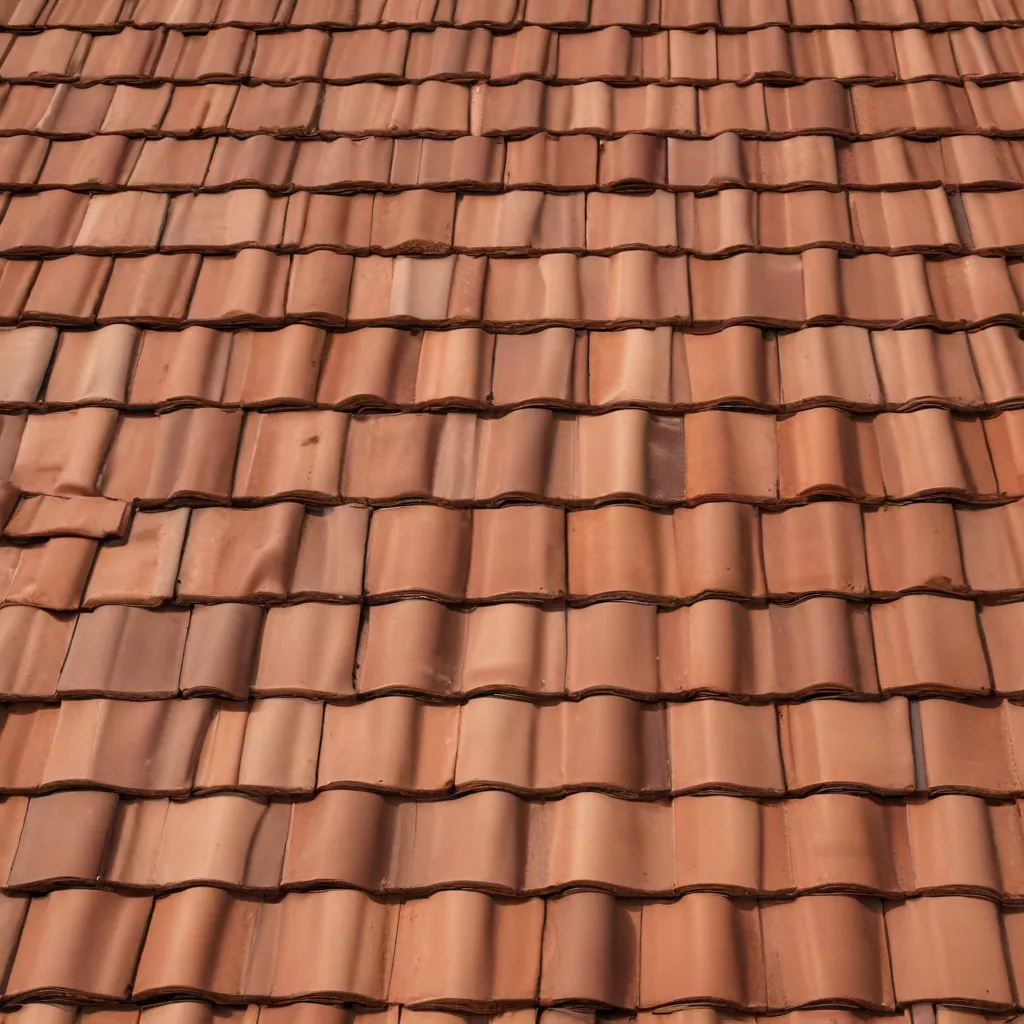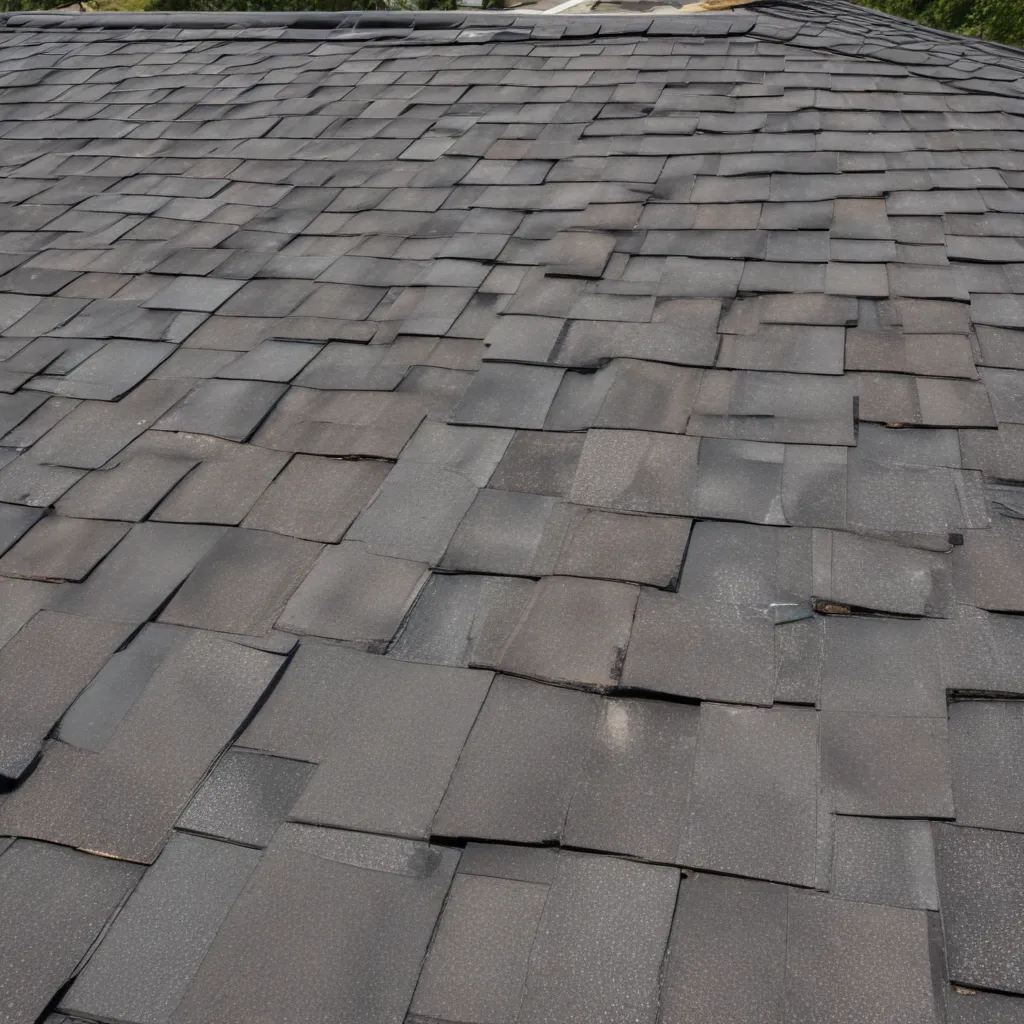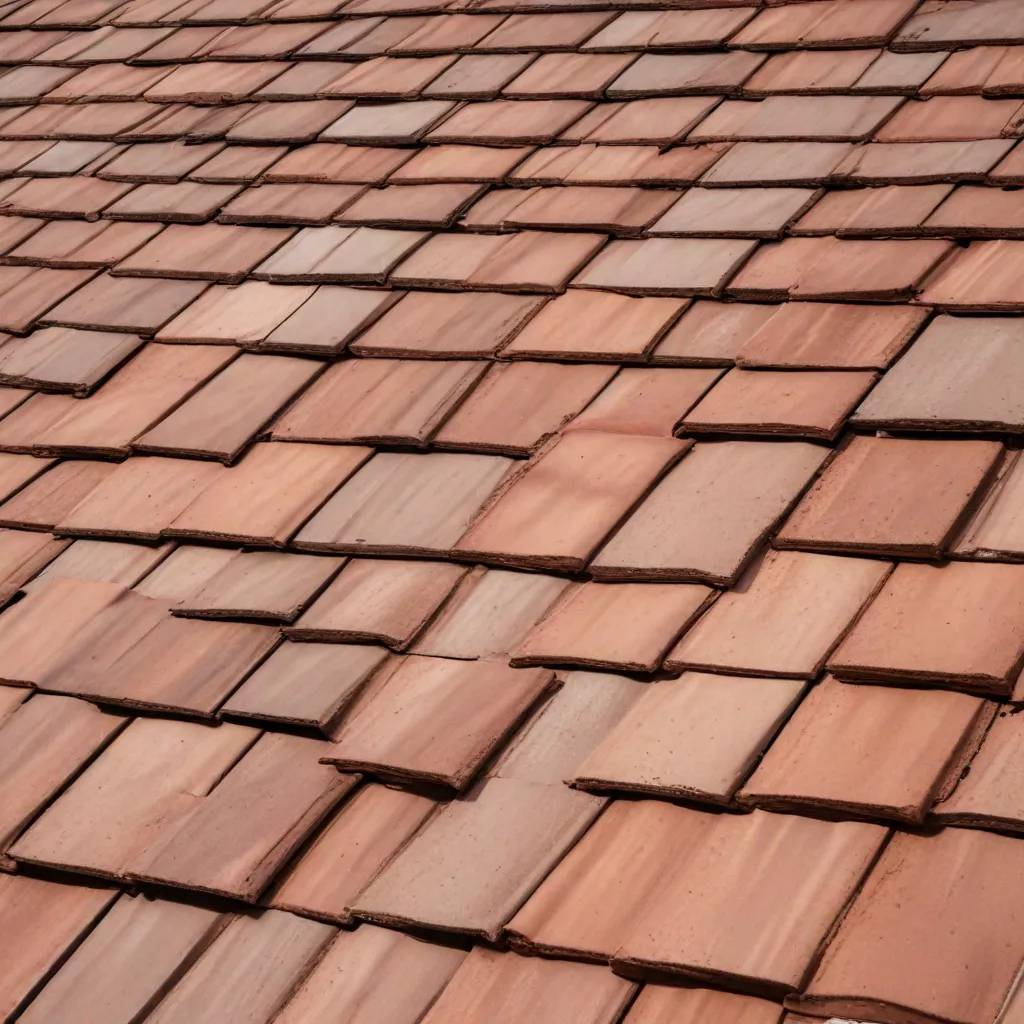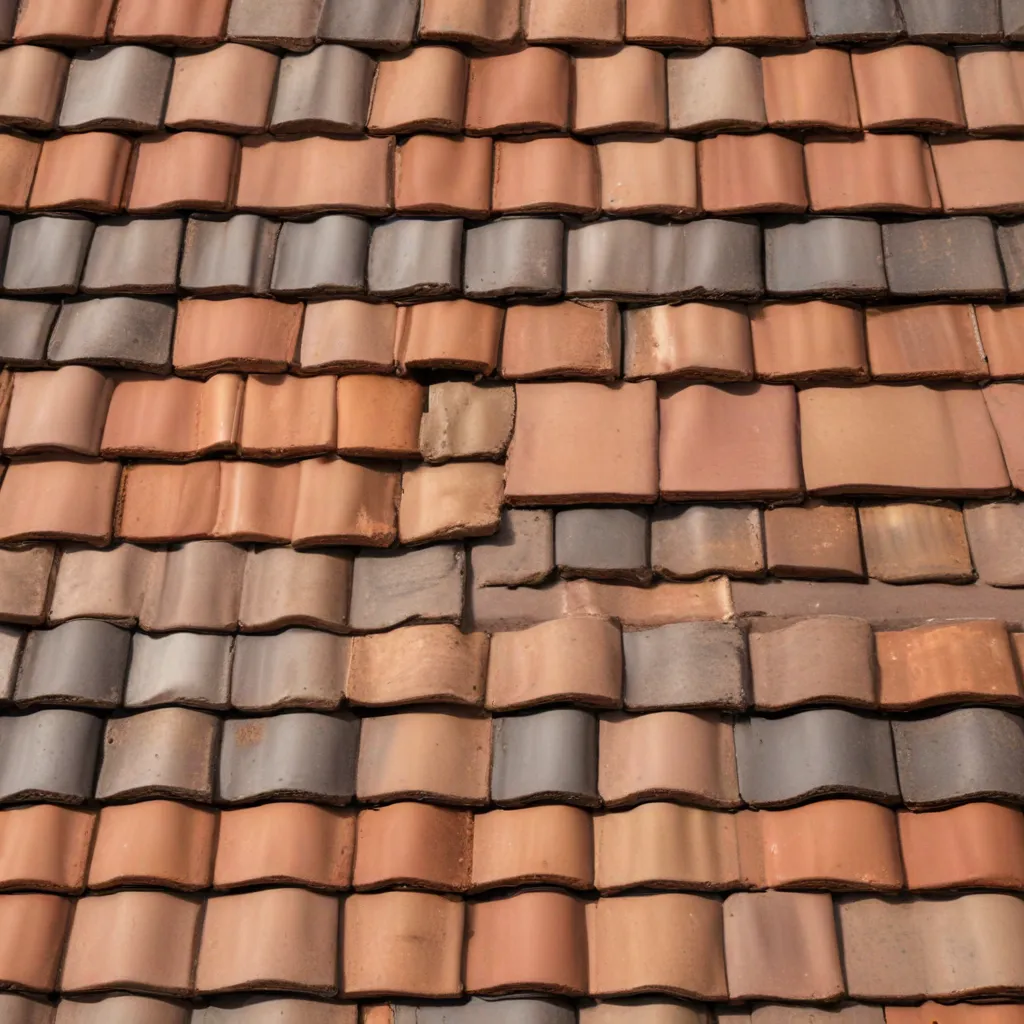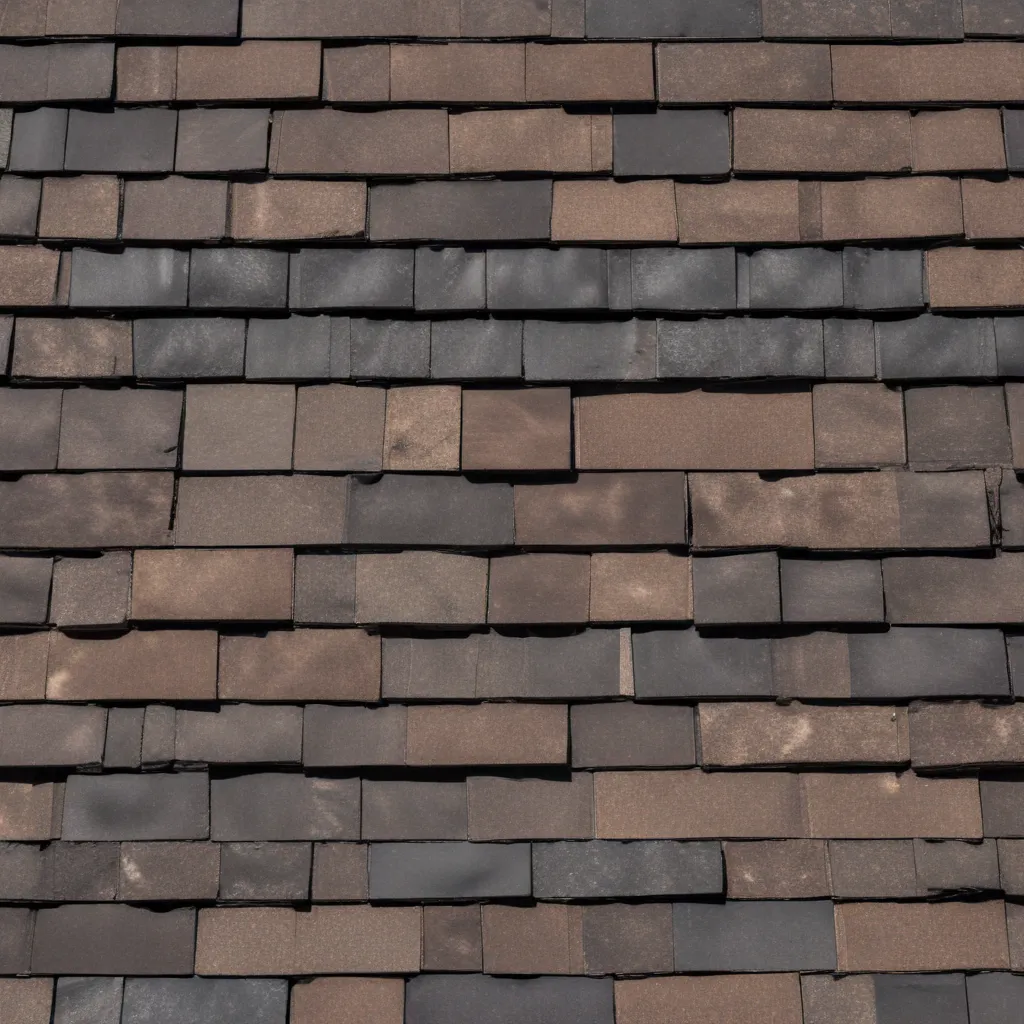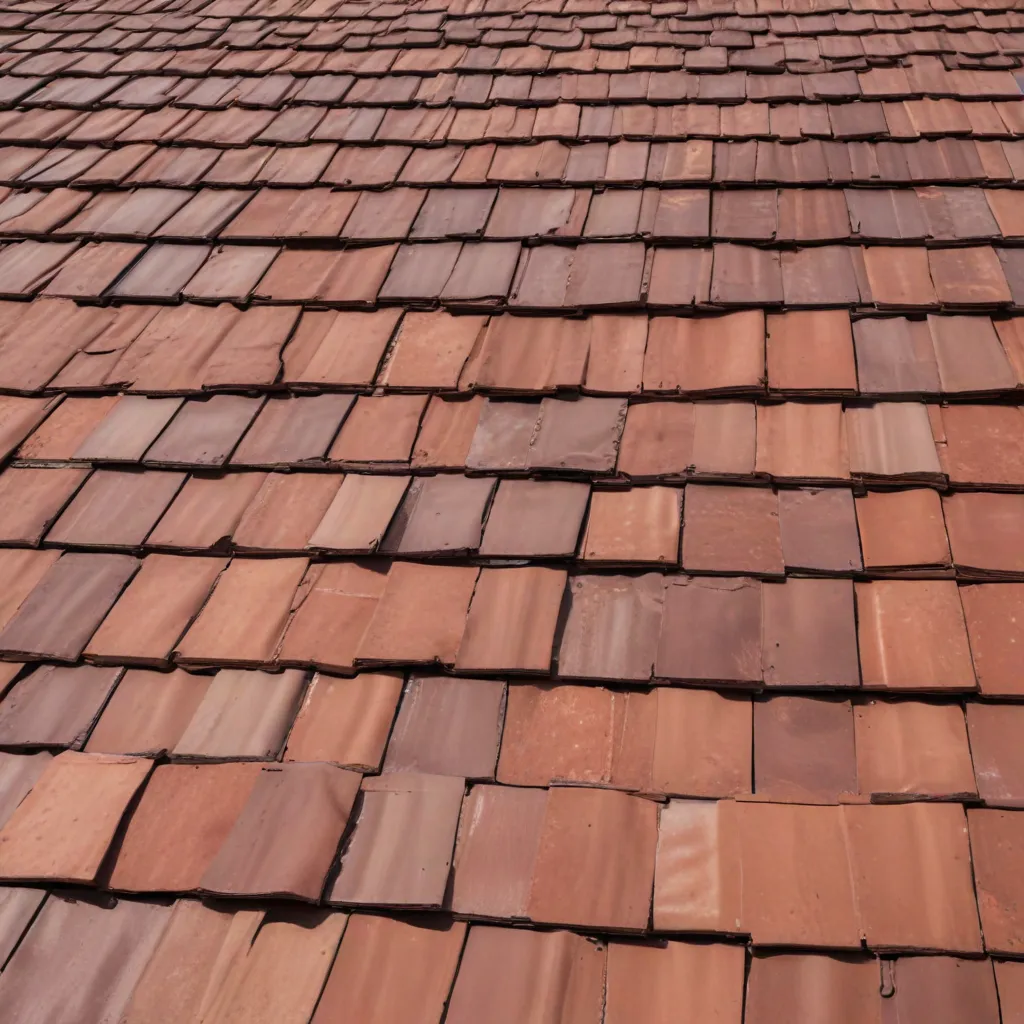
As the roofing industry evolves, homeowners are increasingly seeking sustainable and energy-efficient solutions that not only protect their homes but also align with their environmental values. Composite roof systems have emerged as a compelling choice, offering a unique blend of performance, cost-effectiveness, and aesthetic appeal. In this comprehensive guide, we’ll explore the benefits of composite roofing and how it can transform your home into an eco-friendly oasis.
Eco-Friendly Roofing Solutions
Composite roofing materials are designed with sustainability in mind. These innovative systems often incorporate recycled or renewable resources, minimizing the environmental impact of your roofing project. From reflective coatings that reduce heat absorption to synthetic tiles that mimic the look of traditional materials, composite roofs provide a range of eco-friendly options.
One of the standout features of composite roofing is its energy-saving properties. These systems are engineered to enhance a building’s thermal performance, reducing the reliance on artificial heating and cooling. Composite shingles and panels often boast impressive insulation values, trapping heat in the winter and keeping homes cooler in the summer. This not only contributes to lowering energy bills but also supports broader environmental goals by reducing a building’s carbon footprint.
Moreover, composite roofing materials can be sustainably sourced and produced, further minimizing their environmental impact. Manufacturers are increasingly turning to recycled plastics, rubber, and other materials to create durable and visually appealing roofing solutions. This shift towards a circular economy helps divert waste from landfills and reduces the demand for virgin resources.
Thermal Performance
One of the key advantages of composite roofing systems is their exceptional thermal performance. These materials are designed to excel in both insulation and thermal emissivity, the ability to shed heat through infrared radiation. This dual-pronged approach results in a roof that can maintain a consistent indoor temperature, reducing the need for energy-intensive HVAC systems.
Insulated composite panels, for instance, incorporate high-performance insulation materials that help to regulate heat flow, keeping homes warmer in the winter and cooler in the summer. This climate-responsive design can lead to significant energy savings, particularly in regions with extreme temperature fluctuations.
Furthermore, the reflective properties of many composite roofing materials can help to mitigate the urban heat island effect, a phenomenon where built-up areas experience elevated temperatures compared to surrounding rural areas. By reflecting a greater portion of solar radiation, these roofs can contribute to lowering the overall temperature of the local environment, benefitting the entire community.
Cost-Effective Benefits
While the initial investment in a composite roof system may be higher than traditional roofing options, the long-term cost savings can make it a worthwhile investment for homeowners. These systems are designed to offer exceptional durability, often with warranties that exceed 50 years. This extended lifespan translates to reduced maintenance and replacement costs over the life of the roof.
Moreover, the energy-efficient performance of composite roofing can provide substantial savings on utility bills, further offsetting the initial installation costs. By minimizing the need for heating and cooling, homeowners can enjoy significant reductions in their energy consumption, ultimately leading to a favorable return on their investment.
Maintenance requirements for composite roofs are generally lower than traditional options, as they are less susceptible to weathering, cracking, and other forms of deterioration. This reduced maintenance burden can save homeowners time and money, allowing them to focus on other aspects of home improvement and upkeep.
Aesthetic Versatility
Composite roofing systems have evolved far beyond their practical functions, now offering a wide range of aesthetic options to complement any architectural style. From sleek, contemporary designs to timeless, traditional looks, these materials can be customized to suit the unique preferences of homeowners.
Composite shingles and tiles are available in a diverse palette of colors and textures, allowing homeowners to create a cohesive and visually striking roofscape that enhances the overall curb appeal of their property. This design flexibility enables seamless integration with various building materials, ensuring a harmonious and visually appealing outcome.
Beyond just color and texture, composite roofing can also mimic the appearance of more traditional roofing materials, such as clay tiles or slate, without the associated maintenance challenges or weight concerns. This allows homeowners to enjoy the aesthetic charm of natural materials while benefiting from the superior performance and durability of composite systems.
Homeowner Considerations
When exploring composite roof systems for your home, there are several key factors to consider to ensure you make an informed decision that aligns with your needs and preferences.
Choosing the Right System
Evaluate your home’s specific requirements, including climate, architectural style, and budget. Consult with roofing professionals to understand the performance characteristics of various composite materials and how they might perform in your local environment. Factors such as wind resistance, impact resistance, and fire safety should all be carefully weighed.
Additionally, consider the installation process and any potential challenges, as some composite systems may require specialized expertise or equipment. Understand the project timeline and any necessary permits or approvals to ensure a smooth and seamless roofing installation.
Sustainability Advantages
Seek out composite roofing options that prioritize sustainability, such as those made from recycled or renewable materials. Look for life cycle assessments that provide insights into the environmental impact of the products, from raw material extraction to end-of-life disposal.
Inquire about the manufacturing processes used by the composite roofing suppliers, as some may employ more eco-friendly methods that minimize waste and energy consumption. By making an informed choice, you can be confident that your new roof not only protects your home but also aligns with your environmental values.
Enhancing Property Value
The installation of a high-performance composite roof can have a positive impact on your home’s resale value. These systems are often viewed by prospective buyers as a long-term investment, as they offer tangible benefits in terms of energy efficiency, durability, and low maintenance requirements.
When it comes time to sell your home, the presence of a well-maintained composite roof can be a significant selling point, potentially increasing the home’s marketability and appraised value. Homeowners who prioritize sustainability and energy efficiency in their roofing choices may also appeal to a growing segment of environmentally conscious buyers.
As you embark on your roofing project, consider the many advantages of composite roof systems. From their eco-friendly materials and energy-saving properties to their cost-effective benefits and aesthetic versatility, these innovative solutions can transform your home into a shining example of sustainable living. By making an informed choice and partnering with reputable roofing professionals, you can unlock the full potential of composite roofing and enjoy a roof that not only protects your home but also contributes to a greener future.
For more information on genuine roofing solutions, visit Genuine Roof Systems.
